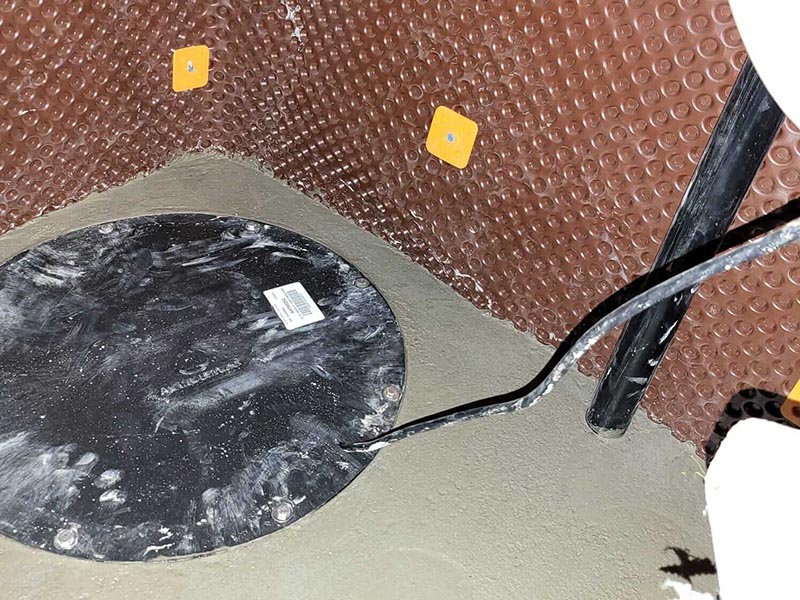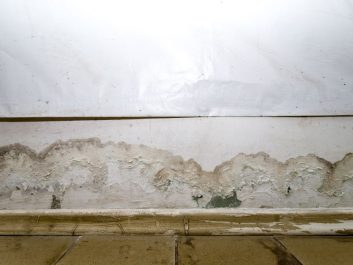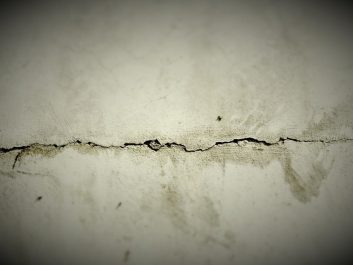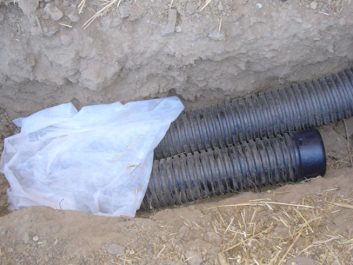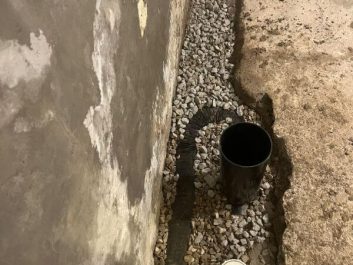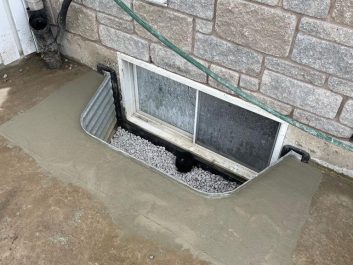Wet Leaky Basement Repair & Foundation Crack Repair in Toronto.
Whether the leak is due to a cove joint fault, floor or wall crack, or hydrostatic pressure, we quickly diagnose the fault and recommend an effective solution. Our experienced team is fully certified and insured and promises to provide you with a tailored solution that fits your budget, preventing future basement flooding and protecting your home.
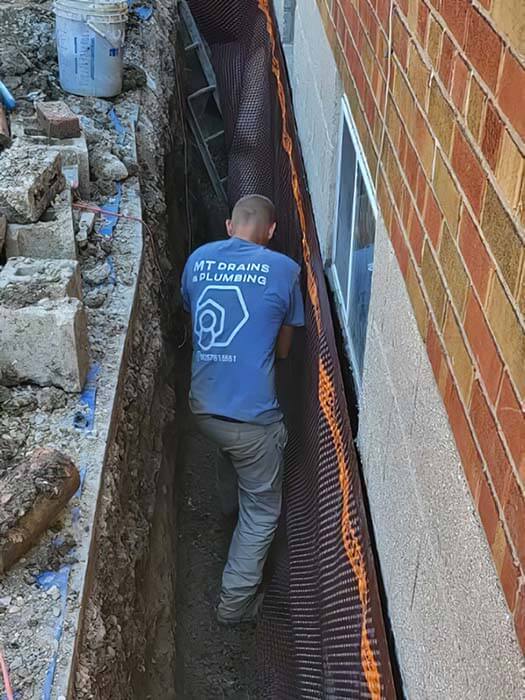
We Offer The Best Basement Waterproofing Services In Toronto
diverting groundwater from your foundations, preventing water damage to your home.
We offer all our services at competitive prices, ensuring that you receive excellent value for your investment. Our skilled team completes projects with utmost precision on the first attempt, giving you peace of mind and eliminating the need for repeat services.
Get Help From Our Licenced & Insured Waterproofers
Waterproofing Prices in Toronto
Navigating the landscape of waterproofing can often be intricate. Sometimes, the root of the problem isn’t immediately clear just from a description. This is why at MT Drains & Plumbing, we believe in first-hand assessment. We offer free on-site estimates for our waterproofing jobs. Our experts will visit, evaluate, and provide you with a detailed breakdown of costs, ensuring there are no hidden surprises. Our commitment is to ensure you get the best solution at a fair price.
| Type of Job | Avg. Price Min (CAD) | Avg. Price Max (CAD) | Pricing Details |
|---|---|---|---|
| Interior Waterproofing | $80 per Linear Foot | $240 per Linear Foot | Pricing based on linear footage |
| Exterior Waterproofing | $150 per Linear Foot | $350 per Linear Foot | Pricing based on linear footage |
| Foundation Crack Repair | $1600 | $3200 | Pricing per crack based on width and depth:
|
| Window Well Repair (Regular) | $1800 | $3200 | Pricing based on size and depth:
|
| Type of Job / Avg. Price | Min (CAD) | Max (CAD) |
|---|---|---|
| Sump Pump & Tank | $2100 | $2700 |
| Sump Pump Only | $600 | $900 |
| Sump Pump Battery Back-up | + $900 | + $1200 |
| Backwater Valve Installation (Inside) | $2000 | $2700 |
| Backwater Valve Installation (Outside) | $2400 | $3200 |
Waterproofing Subsidy Program in Toronto
Why Choose Us?
Licenced & Insured Waterproofing Company
Unlike many, we offer both plumbing and drain services.
Offering Waterproofing Services Since 1991
Check our abundant positive reviews on Google and social media.
Lifetime Warranty
Our waterproofing projects come with a lifetime warranty.
About Our Waterproofing Company
"Prompt And Professional Work"
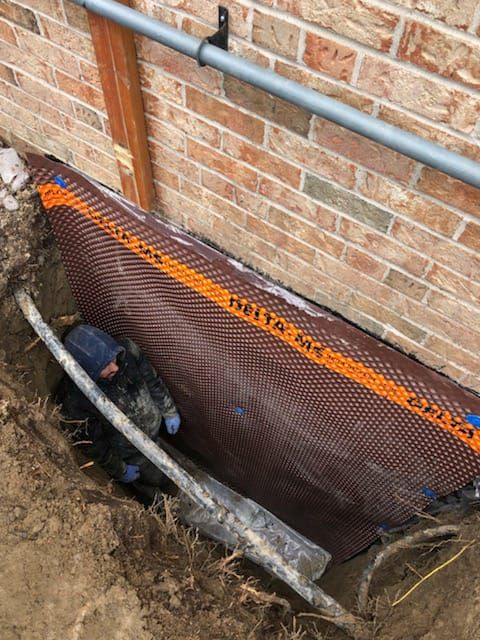
Get Help From Toronto's Top Waterproofers
Local Basement Waterproofing Company
Do you have a leaky or wet basement? Are you unsure where the water is entering from? We can help you find a cost-effective method for your waterproofing your basement in Vaughan. We start by sending a professional waterproofing consultant to evaluate your basement’s foundation to find the cause of the water leak.
Every part of your home below ground level needs waterproofing, whether you’re experiencing moisture problems or not.
If you do have issues with water in the lower parts of your house, we offer basement leak repair services. We’ll patch the crack and then improve your setup, including the installation of sump pumps or weeping tiles as necessary so that it doesn’t happen again.
We also offer preventative waterproofing services inside and outside your home. Our expert plumbers can install backwater valves to keep sewage from entering your home during a storm and improve the waterproofing on your walls and foundation before any issues develop.
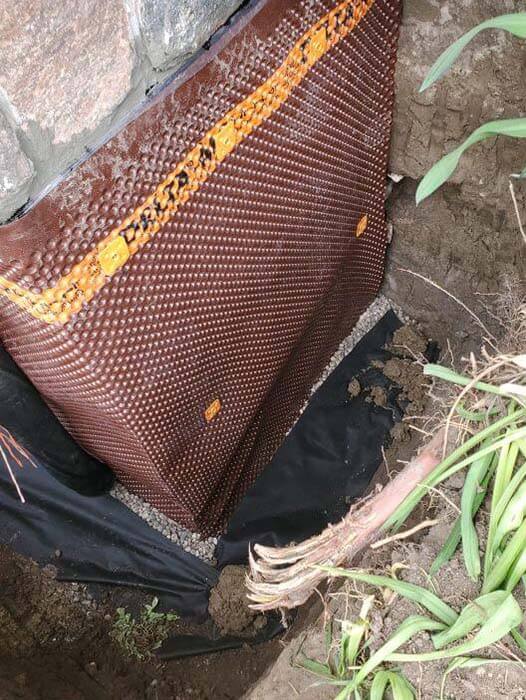
Damp or Leaky Basement? We Can Help!
Damp Basement Repair Experts
Toronto Basement Waterproofing and Crack Repair Experts
Benefits to Basement Waterproofing
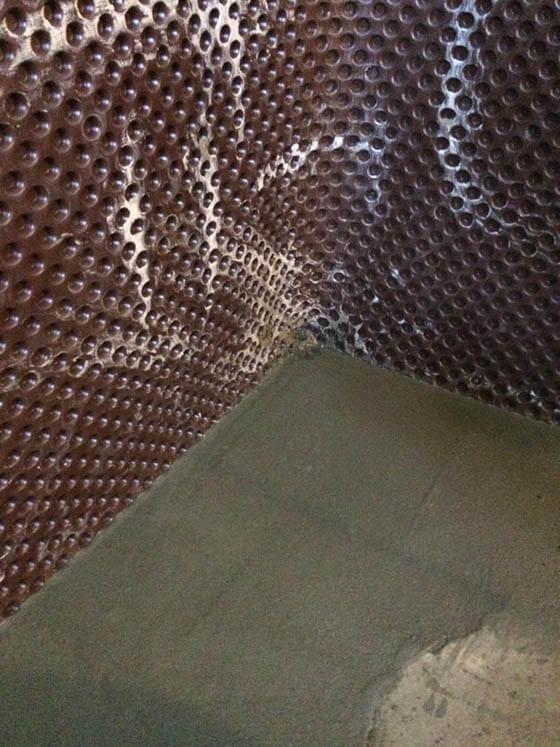
Need Help Waterproofing Your Toronto Home?
Insured and Licensed Basement Waterproofers
"Offered Us a Reasonable Solution and Price"
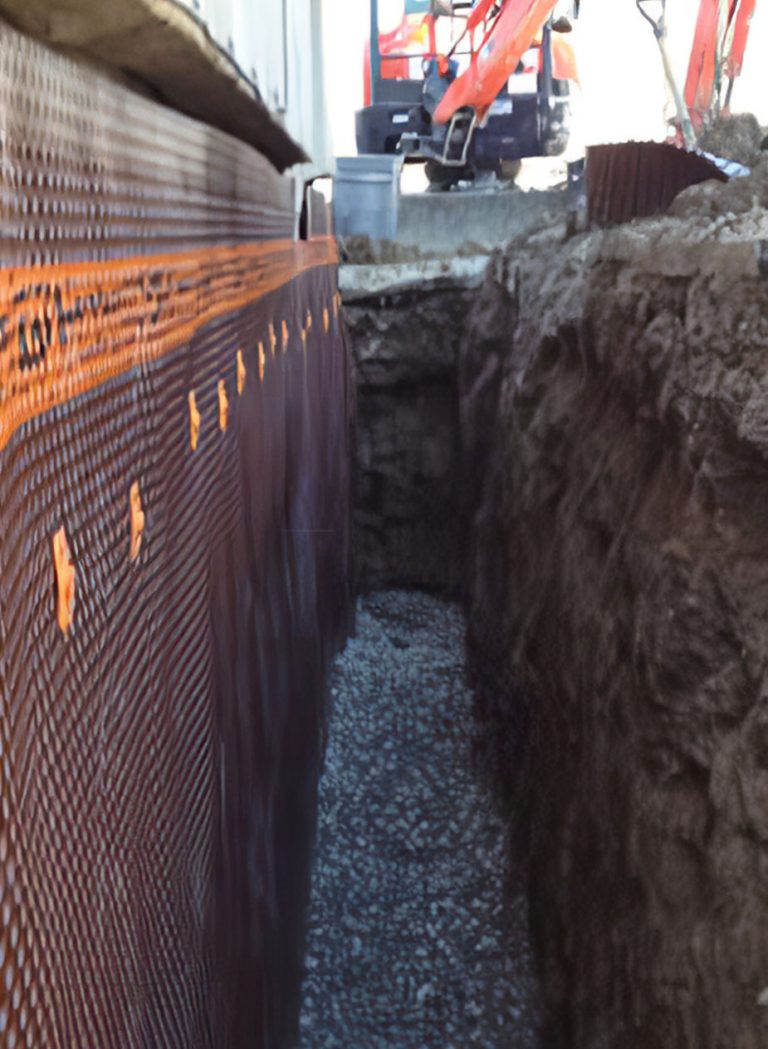
A Few Of Our Basement Waterproofing Projects

Exterior Waterproofing Etobicoke
MT Drains recently performed an exterior waterproofing job in Etobicoke. The property had a significant structural issue that had to be addressed quickly. The Need The basement of this Etobicoke
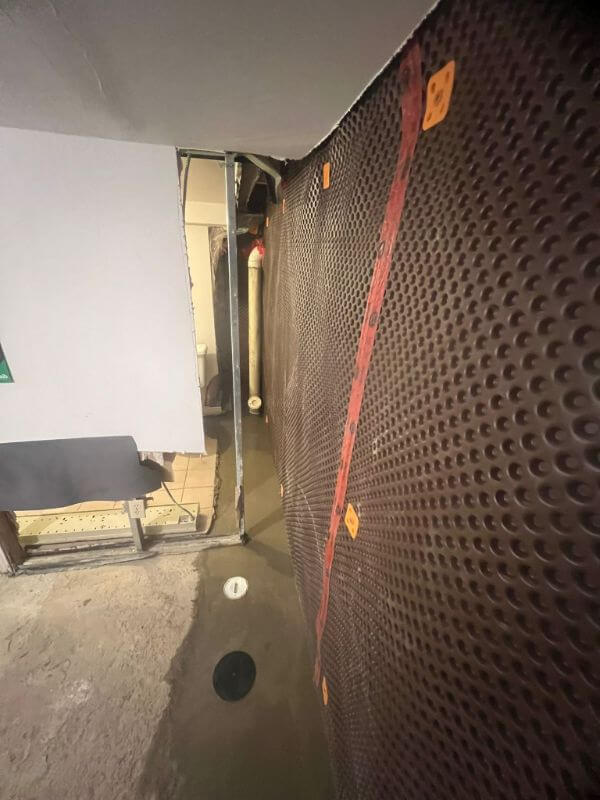
Interior Waterproofing in Midtown
Recently, we provided interior waterproofing in midtown Toronto, and we’re really proud of the results. Here are a few details about the job and the client’s testimonial. The Need Water

Exterior Waterproofing Stouffville
Exterior waterproofing can solve many problems, like foundation cracks and constant condensation on basement windows. Not too long ago, a homeowner called us and requested exterior waterproofing in Stouffville, and
Industry Leaders in Basement Waterproofing
Interior vs. Exterior Waterproofing
Exterior waterproofing involves waterproofing and sealing the foundation of your home to cover cracks that can let in moisture. Interior waterproofing usually involves concrete coating or installing a drain along the base of your walls. The drain will catch water seepage and safely deposit it outside your basement.
"Helped Me Fix My Basement Leak For a Reasonable Cost"
We Offer Free On-Site Estimates
Types of Basement Leaks
- Wall cracks can be caused by the house settling or shrinking, cement drying, and seismic activity. The presence of cracks can create entry points for water in the soil surrounding the basement.
- Hydrostatic pressure is caused by water underneath your basement floor or wall pushing against the barrier until it breaks into your basement. We install a French drain to control such seepage by draining the water to a sump pump or outlet.
- Cove joints are where the walls of your basement meet the floor. The point isn’t perfectly sealed, so water can leak into the basement from there. A French drain or other types of interior waterproofing are effective for controlling such basement leaks.
- Floor cracks can force water from the ground into your basement. Such leaks can be caused by hydrostatic pressure or a burst pipe under the foundation.
FAQ
MT Drains & Plumbing has been caring for the basement waterproofing needs of Toronto residents for over two decades. We have acquired special experience and skills over many years that enable us to deliver tailored solutions for the unique basement waterproofing needs of each client.
- Licenced and insured technicians
- Polite and respectful professionals
- 24/7 availability to care for your needs immediately
- Fair and transparent pricing
- Fantastic customer service
- No mess
- Impressive warranties on installations
Basement windows can serve as a much-needed light source in a basement but also as a means by which water can seeps into your basement. Basement windows are the typical entry point for water to get into your basement. Sealing them may not be enough, so an extra step to take is installing a Window Well to make sure that any water that is getting in will have a proper drainage channel to get out.
internally waterproofing your home not only protects your foundation, but it also makes your basement more comfortable to be in as it prevents excess moisture and humidity caused by groundwater penetrating your foundation. We’re a local company that can cater to all of your internal waterproofing requests with impressive skill and enthusiasm.
We respond to the waterproofing needs of commercial and residential customers. We can help you with everything from weeping tile installation to French drain installation and beyond. We can even assist you with basement crack repair and window well installation work.
Exterior basement waterproofing in the greater Toronto area starts at $100 per liner square foot. Contact our professional team today for a free obligation consutation and on-site estimate.
Internal waterproofing service is a pretty simple concept. First and foremost, it entails digging a trench from within your basement. This trench should run directly alongside the problematic space. Once the trench has been dug, drainage system insertion starts.
The purpose of this system is to guide water accumulation over to ways out of the home. Concrete is then poured in order to close the trench. This provides property owners with the promise of basements that are perfectly dry and comfortable.
Plumbers rely on internal sealants as a means of stopping additional water escape, preventing potential water damage. These kinds of sealants are not necessarily effective in stopping leaks for good. They can be useful for the sealing of conspicuous cracks that are present on floors, ceilings and walls.
Note that weeping tiles and French drains are both typical sights in the internal waterproofing world.
Internal basement waterproofing in Vaughan can be beneficial for many households. It doesn’t negatively influence outdoor surroundings in any manner, and it safeguards basements of all kinds from the hazards of the outdoors, too. It minimizes hydrostatic pressure while being remarkably budget-friendly.
The difference between internal and external waterproofing is that internal waterproofing seeks to waterproof your basement walls from the inside and includes the installation of a internal drainage system to redirect water away from your homes foundation. This also includes the installation of sump pumps which seek to divert water that has made it into your basement away to prevent water damage and mitigate risk of mold forming.
External waterproofing on the other hand brings the waterproofing process to the outside of your foundation and is considered to be the best solution in-regards to protecting your basement foundation, but in certain applications is not possible, due to a list of potential factors. Our waterproofing contractors can advise you on the best course of action to stop your basement walls from leaking.
There are several potential causes of a wet carpet in a basement in Toronto. Some of the most common include:
Leaky pipes: A leak in the plumbing system can cause water to seep into the basement and cause a wet carpet.
Flooding: Heavy rain or snowfall can cause water to seep into the basement through cracks in the foundation or through window wells.
High humidity: High humidity levels in the basement can lead to condensation on surfaces, which can cause a wet carpet.
Clogged or malfunctioning sump pump: A sump pump is used to remove water that has accumulated in the basement. If it is clogged or not working properly, it can cause water to buildup and create a wet carpet.
Improperly installed or maintained drainage: Improperly installed or maintained drainage systems can cause water to collect around the foundation and seep into the basement, creating a wet carpet.
Improperly installed or maintained window wells.
It is important to identify the cause of the wet carpet and take appropriate action to fix the problem. It’s better to seek professional help in order to find out the source and prevent any further damage.
Offering Emergency Basement Leak Repair in Toronto
Blog
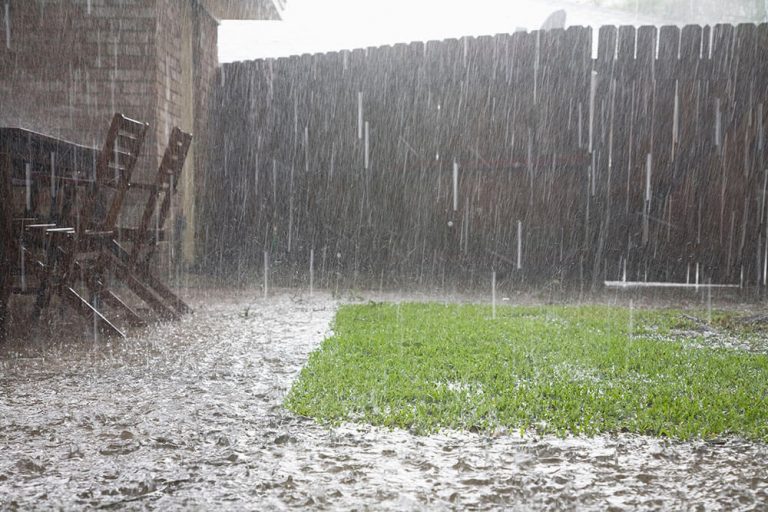
Why Your Basement Leaks in Heavy Rain
Need Wet Basement Repair in the GTA? Request a Quote Learn more about basement waterproofing. You’ve probably heard the saying, “When it rains, it pours.”

How to Stop Water From Coming Up Through the Basement Floor
You expect most leaks to come from the bathroom or kitchen, but they can also originate from your basement. Since it’s located below ground level,

Sump Pump Constantly Running: Causes and Solutions
Do you find your sump pump constantly running for no apparent reason? If so, you’re not alone. This is a common problem that can stem



